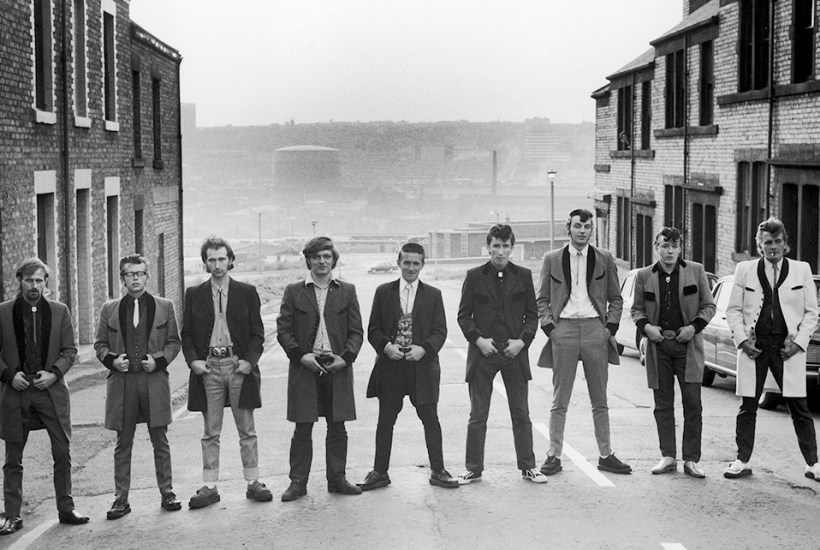In the wake of wars, youth cults spring up, those too young to have fought behaving in a way to scandalise those who did. The Bright Young People were the younger siblings of those who perished, battalion by battalion, on the Western Front. (Come to that, it was after the end of the Peloponnesian War that Socrates’s corruption of the youth became intolerable to Athens.)
Already a subscriber? Log in
Subscribe for just $2 a week
Try a month of The Spectator Australia absolutely free and without commitment. Not only that but – if you choose to continue – you’ll pay just $2 a week for your first year.
- Unlimited access to spectator.com.au and app
- The weekly edition on the Spectator Australia app
- Spectator podcasts and newsletters
- Full access to spectator.co.uk
Or
Unlock this article
You might disagree with half of it, but you’ll enjoy reading all of it. Try your first month for free, then just $2 a week for the remainder of your first year.








Comments
Don't miss out
Join the conversation with other Spectator Australia readers. Subscribe to leave a comment.
SUBSCRIBEAlready a subscriber? Log in